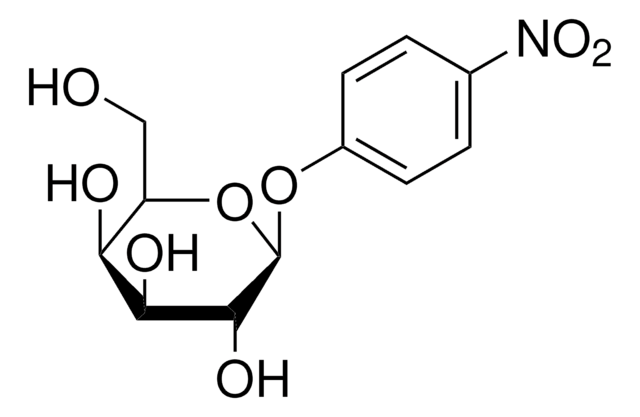C8115
Coronatine
from Pseudomonas syringae pv Glycinea, >95% (HPLC)
Synonym(e):
COR, Cyclopropanecarboxylic acid,2-ethyl-1-[[(6-ethyl-2,3,3a,6,7a-hexahydro-1-oxo-1H-inden-4-yl)carbonyl] amino]
About This Item
Empfohlene Produkte
Biologische Quelle
Pseudomonas syringae pv Glycinea
Qualitätsniveau
Assay
>95% (HPLC)
Form
powder
Löslichkeit
H2O: soluble 0.2 mg/mL
DMSO: soluble 20 mg/mL
methanol: soluble 20 mg/mL
Wirkungsweise
enzyme | interferes
Lagertemp.
−20°C
SMILES String
CCC1CC2C(CCC2=O)C(=C1)C(=O)NC3(CC3CC)C(O)=O
InChI
1S/C18H25NO4/c1-3-10-7-13-12(5-6-15(13)20)14(8-10)16(21)19-18(17(22)23)9-11(18)4-2/h8,10-13H,3-7,9H2,1-2H3,(H,19,21)(H,22,23)
InChIKey
FMGBNISRFNDECK-UHFFFAOYSA-N
Verwandte Kategorien
Anwendung
Biochem./physiol. Wirkung
Sonstige Hinweise
Lagerklassenschlüssel
11 - Combustible Solids
WGK
WGK 3
Flammpunkt (°F)
Not applicable
Flammpunkt (°C)
Not applicable
Persönliche Schutzausrüstung
Eyeshields, Gloves, type N95 (US)
Analysenzertifikate (COA)
Suchen Sie nach Analysenzertifikate (COA), indem Sie die Lot-/Chargennummer des Produkts eingeben. Lot- und Chargennummern sind auf dem Produktetikett hinter den Wörtern ‘Lot’ oder ‘Batch’ (Lot oder Charge) zu finden.
Besitzen Sie dieses Produkt bereits?
In der Dokumentenbibliothek finden Sie die Dokumentation zu den Produkten, die Sie kürzlich erworben haben.
Unser Team von Wissenschaftlern verfügt über Erfahrung in allen Forschungsbereichen einschließlich Life Science, Materialwissenschaften, chemischer Synthese, Chromatographie, Analytik und vielen mehr..
Setzen Sie sich mit dem technischen Dienst in Verbindung.






